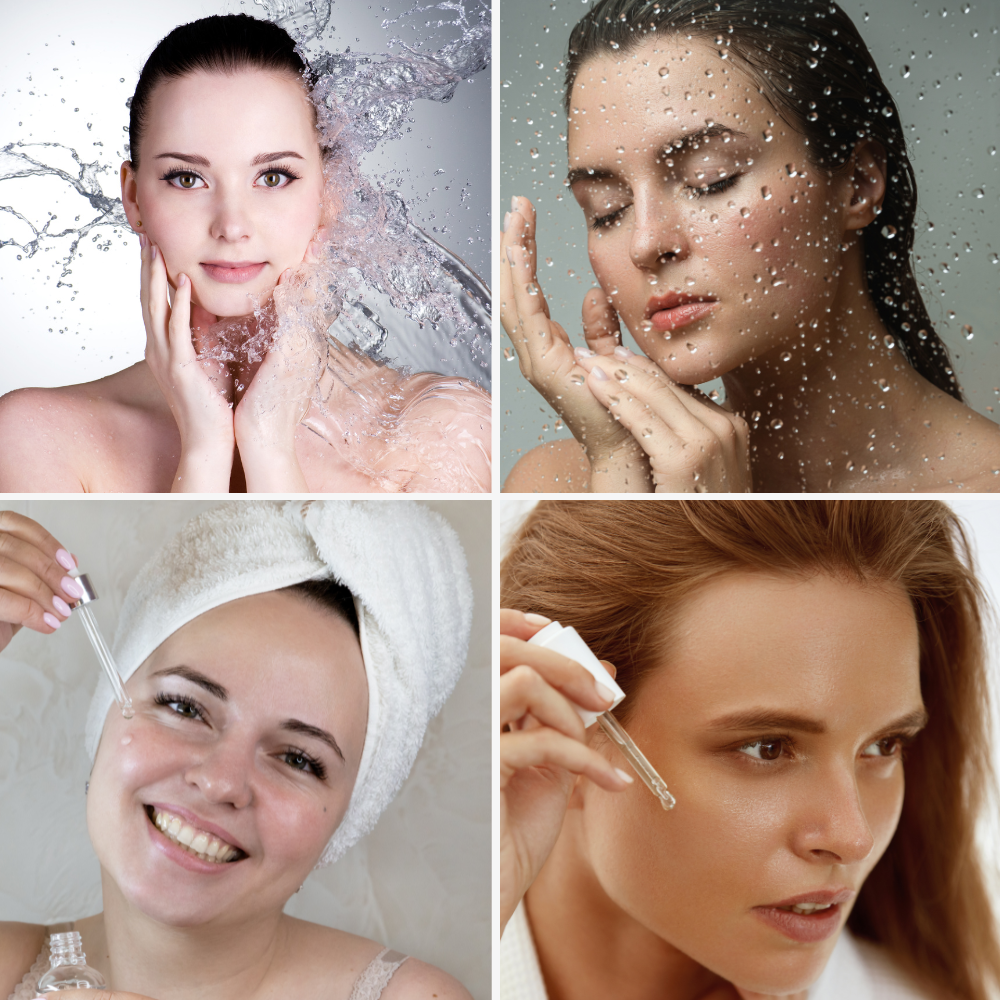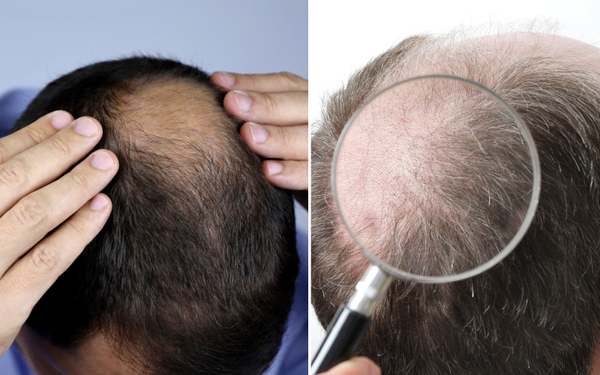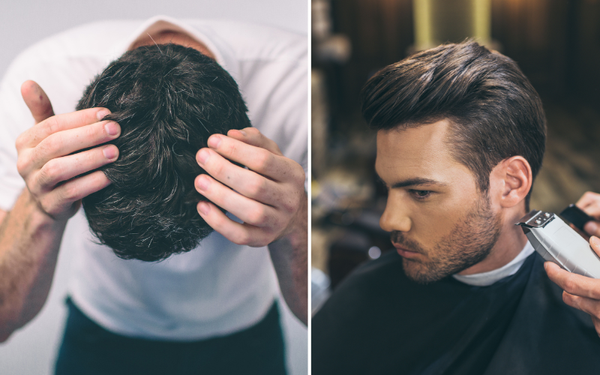Niacinamide has taken the skincare world by storm recently and for good reasons. It is a versatile ingredient that works wonders for different skin types and concerns. But with different percentages of niacinamide available, it becomes crucial to determine the right concentration for your skin. One of the most common questions people ask is if 10% niacinamide is too strong.
In this blog post, we'll explore this topic and help you determine if 10% niacinamide is suitable for your skin.
Niacinamide, also known as vitamin B3, is a water-soluble vitamin that can be found in different types of food, such as meat, fish, and mushrooms. In skincare, niacinamide is commonly used for its many benefits, including regulating sebum production, reducing inflammation, improving skin texture, and enhancing skin barrier function. Research has shown that niacinamide can be effective at concentrations as low as 2%, but can go up to 10% in some cases.
While 10% niacinamide may seem like a high concentration, it is generally considered safe for most people. In fact, a study published in the Journal of Cosmetic Dermatology found that a formulation containing 10% niacinamide was well-tolerated and improved the appearance of acne and fine lines significantly. However, like any skincare ingredient, it is essential to patch test first and introduce it gradually to avoid irritation or adverse reactions.
If you're new to niacinamide, it's best to start with a lower concentration, such as 5%, and work your way up gradually. This allows your skin to adjust and avoid any potential adverse effects. It is also essential to avoid combining niacinamide with ingredients that have a low pH level, such as ascorbic acid or alpha-hydroxy acids, as this can reduce its effectiveness.
Another factor to consider when using niacinamide is its formulation. Some formulations, like niacinamide serums or toners, can be easily absorbed into the skin and provide targeted benefits. Other formulations, like moisturizers or SPFs, contain lower concentrations of niacinamide but can still offer a range of benefits when used regularly.
Conclusion:
In conclusion, 10% niacinamide is generally safe for most people, but it's crucial to introduce it gradually and patch test first to avoid irritation. If you're new to niacinamide, it's best to start with a lower concentration and work your way up over time. Remember to avoid combining niacinamide with low pH ingredients and consider the formulation when choosing a niacinamide product. With proper use and the right concentration, niacinamide can be a potent ingredient in your skincare routine to help you achieve healthy, glowing skin.










